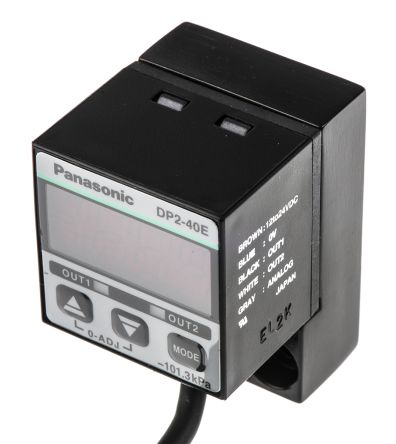

- JAVA SE RUNTIME ENVIRONMENT 8 UPDATE 101 VS 102 HOW TO
- JAVA SE RUNTIME ENVIRONMENT 8 UPDATE 101 VS 102 CODE
Gets or sets the reader for input or writer for normal or error output.Ĩ.1.4 Calling Scripting Functions and Methods This is useful if a set of bindings should not persist for future calls to the eval method. Instead of adding bindings to the engine or global scope, you can collect them in an object of type Bindings and pass it to the eval method: Bindings scope = engine.createBindings() Any bindings that you add to the ScriptEngineManager are visible to all engines. In addition to the engine scope, there is also a global scope. For example, engine.put("b", new JButton()) Ĭonversely, you can retrieve variables that were bound by scripting statements: engine.eval("n = 1728")
JAVA SE RUNTIME ENVIRONMENT 8 UPDATE 101 VS 102 CODE
The script code reads the definition of k from the bindings in the “engine scope.” This is particularly important because most scripting languages can access Java objects, often with a syntax that is simpler than the Java syntax. For example, consider these statements: engine.put("k", 1728) A binding consists of a name and an associated Java object. You will often want to add variable bindings to the engine. "STATELESS": In addition to "THREAD-ISOLATED", scripts do not alter variable bindings. "THREAD-ISOLATED": In addition to "MULTITHREADED", different variable bindings are maintained for each thread. Effects from one thread might be visible from another thread. "MULTITHREADED": Concurrent execution is safe. The returned value is one of the following: To find out whether it is safe to concurrently execute scripts in multiple threads, call Object param = factory.getParameter("THREADING") You can add more languages by providing the necessary JAR files on the class path. Java SE 8 includes a version of Nashorn, a JavaScript interpreter developed by Oracle. For example: ScriptEngine engine = manager.getEngineByName("nashorn") Usually, you know which engine you need, and you can simply request it by name, MIME type, or extension. Nashorn, Nashorn, js, JS, JavaScript, javascript, ECMAScript, ecmascriptĪpplication/javascript, application/ecmascript, text/javascript, text/ecmascript Table 8.1 Properties of Scripting Engine Factories You can ask each engine factory for the supported engine names, MIME types, and file extensions. To enumerate them, construct a ScriptEngineManager and invoke the getEngineFactories method. When the virtual machine starts, it discovers the available scripting engines. 8.1.1 Getting a Scripting EngineĪ scripting engine is a library that can execute scripts in a particular language.

JAVA SE RUNTIME ENVIRONMENT 8 UPDATE 101 VS 102 HOW TO
In the following sections, we’ll show you how to select an engine for a particular language, how to execute scripts, and how to make use of advanced features that some scripting engines offer. For example, the Renjin project ( provides a Java implementation of the R programming language, which is commonly used for statistical programming, together with an “engine” of the scripting API. It enables you to invoke scripts written in JavaScript, Groovy, Ruby, and even exotic languages such as Scheme and Haskell, from a Java program. The scripting API lets you do just that for the Java platform. It is therefore tempting to combine the advantages of scripting and traditional languages. On the other hand, most scripting languages lack features that are beneficial for programming complex applications, such as strong typing, encapsulation, and modularity. Rapid turnaround, encouraging experimentationĬhanging the behavior of a running program Scripting languages have a number of advantages:

8.1 Scripting for the Java PlatformĪ scripting language is a language that avoids the usual edit/compile/link/run cycle by interpreting the program text at runtime. As you will see, there are many applications for annotation processing, ranging from simple diagnostics to “bytecode engineering”-the insertion of bytecodes into class files or even running programs. Annotation processors operate on Java source or class files that contain annotations. You can use the compiler API when you want to compile Java code inside your application. The scripting API lets you invoke code in a scripting language such as JavaScript or Groovy. This chapter introduces three techniques for processing code.


 0 kommentar(er)
0 kommentar(er)
